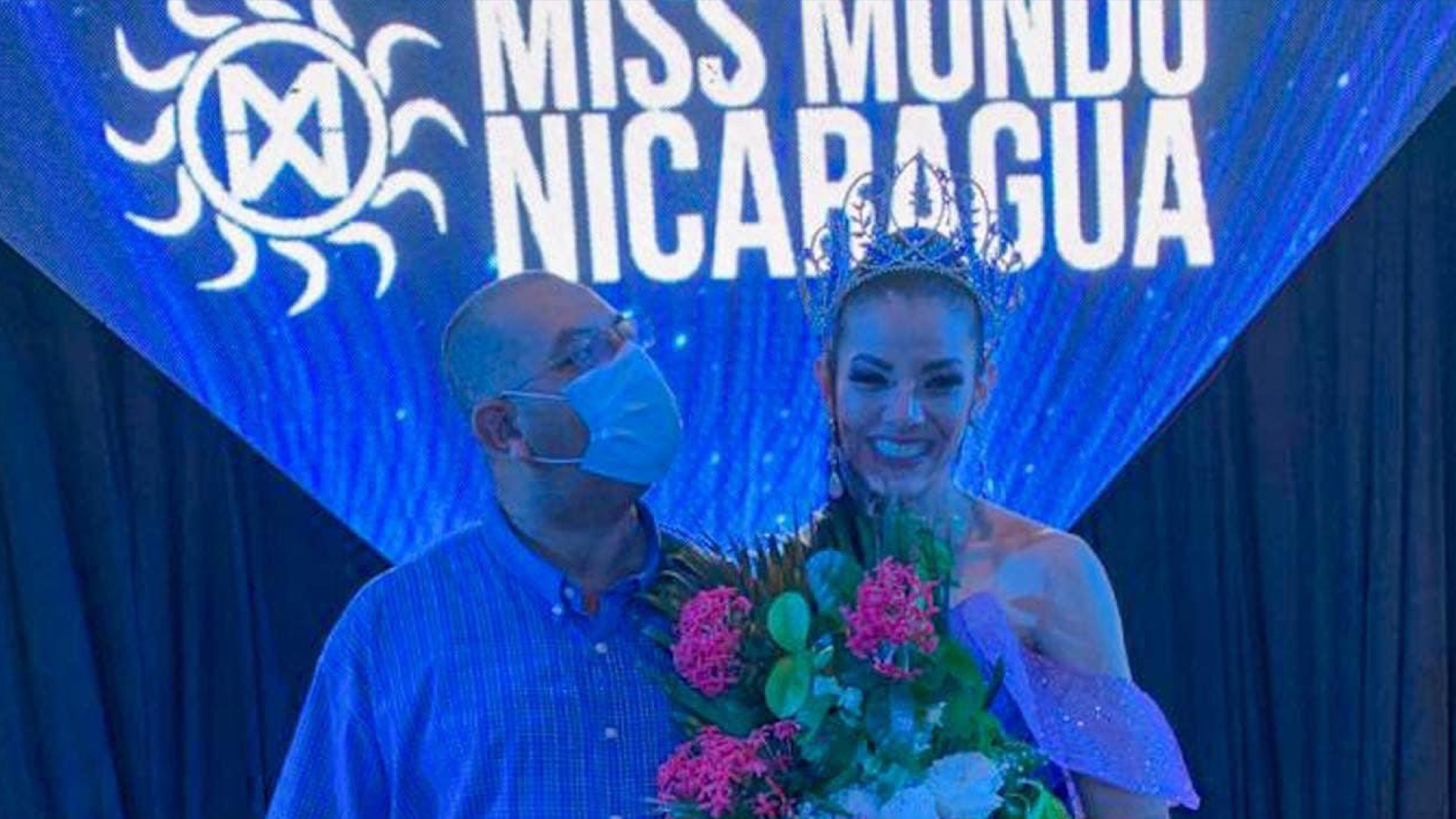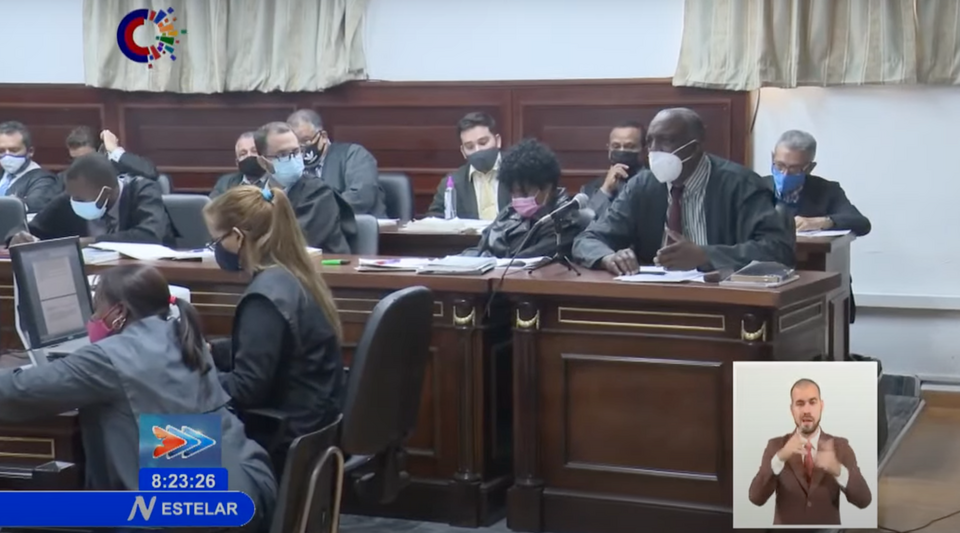L
the scene looks like something out of the movie national mechanics, by Luis Alcoriza. In full celebration of the first centenary of the Normal Rural de Tiripetío, while the musical band of school graduates performs a lively piece, a botarga in the shape of a cat asks the Secretary of Education of Michoacán, Yarabí Ávila González, to dance .
The minstrel dancer’s costume has a history. The cat is the symbol of Tiripetío. According to teacher Jorge Cázares, a graduate of the institution, who entered high school in 1987 and finished his studies in 1994, they earned the name when visitors from other rural normal schools were surprised to see that due to the lack of glasses in the dining room, the students drank their water and coffee from saucers. One of their guests told them: you are like cats
. The name stuck. When the school was for girls, they were called the lionesses.
Dr. Ávila González was a member of the PRI for many years, a party that made her deputy twice. However, during the last elections for governor in Michoacán, as president of the board of directors of the state Congress, she expressed her support for Morena’s candidate, Alfredo Ramírez Bedolla, and jumped to his transition team. She was awarded with the Secretary of Education.
Before, when former governor Salvador Jara Guerrero was rector, the official was comptroller of the Universidad Michoacana de San Nicolás de Hidalgo. In 2017, Jara and former Governor Fausto Vallejo were accused of diverting 3,759 million pesos.
Outraged because Yarabí Ávila appeared on October 8, raising her left fist with a blue handkerchief (symbol of the fight against the decriminalization of abortion) wrapped around her wrist, more than 100 feminists demanded her dismissal. The secretary maintains a close relationship with the Mexicanos Primero business group, led at different times by Claudio X. González and Alejandro Ramírez. Loyal to these alliances, she imposed the application of the Ceneval exam on new entrants to Vasco de Quiroga and other state normal schools.
The painful image of the botarga and the secretary leaving the plaza exemplifies the chiaroscuros of the commemoration: an act worthy of opera buffa, in which an official, who has fought Tiripetío for years, dances with a symbol of the school.
He wasn’t the only one. The meeting was a demonstration of the unchecked power of bureaucratic Olympus. In the presidium there was a single student, state officials (starting with the governor), two federal officials, and legislators. The seats reserved for the school’s student council, to one side of the central patio of the building, were not occupied by the students. At different times, a part of the public interrupted the official speeches by chanting: The rural normal schools / they want to disappear / we are going to defend them with struggle and blood!
The governor announced that Tiripetío would be declared primitive, centennial and meritorious
. However, beyond the word recognition, an unfortunate reality is hidden, caused by the lack of government resources for maintenance and equipment. The facilities are extremely deteriorated: classrooms without benches; waterlogged laboratories; bedrooms in very precarious conditions; battered doors and windows; classrooms without electricity; there is no doctor or nurses or medicine; the rural production area is greatly diminished, and an endless number of other hardships.
The president assured that he saw the normal as an ally, but a few meters from the school, his patrols are dedicated not to take care of but to frighten students and prevent them from making collections or spreading their demands. He insisted on corruption and the sale of places, and on the fantasy that evaluations avoid them, as if these scourges were the responsibility of the students and not the authorities.
Perverse legacy of former governor Silvano Aureoles, according to Zósimo Camacho, Tiri turns 100 years old with 105 legal processes in force, against the same number of normalistas (https://bit.ly/3GgO4nh), which do not finish fading. In 2020, seven students were jailed for four months. The common prisoners gave them continuous savage beatings, from which the boys did not recover.
Far from the banality of the official ceremonies, in the Tiripetío below, that of the students, as a luminous expression of the centenary of their institution, 15 new murals were made, made by various groups of artists, who share the walls of the school with two works by José Hernández Delgadillo.
The themes developed interweave themes, emblematic figures and causes: the Purépecha flag; corn as sustenance and identity; the Communist Party Manifesto; the Monarch butterflies that fly from wall to wall, as a symbol of the defense of nature and territory; the hood and the bandana, as a resource for looking at the invisible; repression and resistance; the night of Iguala; Lucio Cabañas and his call to being a people, making a people and being with the people
and Emiliano Zapata and the Che Guevara.
In a beautiful painting made by a group from the Escuela Normal Indígena de Michoacán, in Cherán, together with Albert Einstein’s equation E=mc2 and the images of the 43 disappeared from Ayotzinapa, it is explained: “The rural normal schools sheltered us as a class unprotected society… and they trained us as community fighters.”
Tiripetío is a fascinating living museum that recovers and reworks the Mexican pictorial tradition. It is an example of how, in the most difficult adversity, the murals open huge windows/mirrors so that the rural normal students, beyond the precariousness of the facilities in which they live and study, look at themselves and peer into their future.
Twitter: @lhan55








